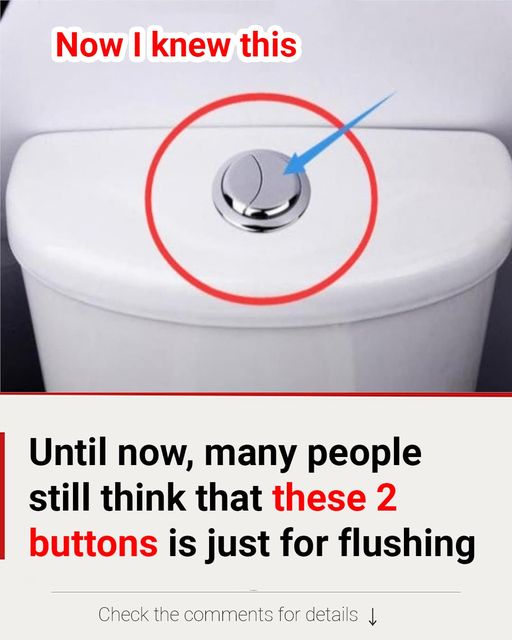Dual flush toilets are a familiar feature in modern bathrooms, yet many people misunderstand their purpose. At first glance, the two buttons might seem like a simple design choice, but they serve a far more significant function. These buttons are part of a water-saving system that is not only eco-friendly but also budget-friendly. Let’s take a closer look at how dual flush toilets work, the benefits they offer, and why understanding their function can make a big impact.

How Dual Flush Toilets Work
The dual flush system is designed with efficiency in mind, offering two flushing options tailored to the type of waste. The two buttons, which may vary in size or shape, serve distinct purposes:
- The larger button is used for solid waste. It releases approximately 6–9 liters of water to ensure a powerful and effective flush.
- The smaller button is designed for liquid waste. This option uses only 3–4.5 liters of water, which is enough for a thorough flush without unnecessary waste.
By allowing users to choose the appropriate flush for each situation, dual flush toilets are far more efficient than traditional single-flush models. This thoughtful design reduces water usage while maintaining hygiene and functionality.
The Benefits of Water Conservation
One of the most significant advantages of dual flush toilets is their ability to conserve water. Traditional single-flush toilets use between 9–12 liters of water per flush, regardless of the waste type. Over time, this leads to a substantial amount of water being wasted, particularly in households with multiple members or in high-traffic public spaces.
Dual flush toilets, on the other hand, offer a more sustainable alternative. A single household can save up to 20,000 liters of water annually by switching to a dual flush system. This not only benefits the environment but also translates to noticeable savings on water bills. For families and businesses alike, the financial and ecological advantages are undeniable.
Environmental and Financial Impact
Although dual flush toilets often come with a higher upfront cost compared to standard models, the long-term benefits far outweigh the initial investment. By reducing water usage, these toilets lead to lower utility bills, and many homeowners find that the savings offset the installation cost within just a few years.
For eco-conscious individuals, the benefits extend beyond personal finances. Dual flush toilets help reduce the strain on local water supplies and wastewater systems, which is especially important in regions prone to droughts or water shortages. As global concerns about water conservation grow, dual flush toilets have become an essential component of sustainable living.
The Origins of Dual Flush Toilets
The concept of the dual flush toilet was first introduced by Victor Papanek, an industrial designer committed to sustainable solutions. Papanek envisioned a toilet system that would minimize water waste by offering tailored flushing options. His idea was first implemented in Australia in 1980, a country renowned for its innovative water-saving measures due to frequent droughts.
The success of dual flush systems in Australia paved the way for their global adoption. Over time, they became a standard feature in homes, offices, and public spaces across Europe, North America, and other regions. Today, dual flush toilets symbolize the growing global commitment to resource conservation and sustainable design.
Why the Confusion Persists
Despite their clear benefits, many people remain unsure about how to use dual flush toilets properly. Without clear instructions, users often default to pressing the larger button for all types of waste, which undermines the system’s water-saving potential.
This lack of understanding is common in both private homes and public restrooms. To address this, simple measures such as labeling the buttons or providing visual instructions can help users make informed choices. Educating the public about how to use dual flush toilets effectively is key to maximizing their potential and promoting widespread water conservation.
Conclusion: Small Buttons, Big Impact
Dual flush toilets are much more than a modern bathroom upgrade—they’re a simple yet powerful tool for reducing water waste and promoting sustainable living. By understanding their function and selecting the appropriate flush for each use, individuals can make a tangible difference in conserving water.
While the initial cost of installation may be higher than that of traditional models, the long-term savings and environmental benefits make dual flush toilets a worthwhile investment. They offer an easy, actionable step toward a greener future and demonstrate how small changes can have a significant impact.
So, the next time you encounter a toilet with two buttons, remember that they’re not just for flushing. They represent a commitment to conserving water, protecting the environment, and making a positive difference—one flush at a time. Dual flush toilets prove that even the smallest choices in our daily lives can contribute to a more sustainable world.





